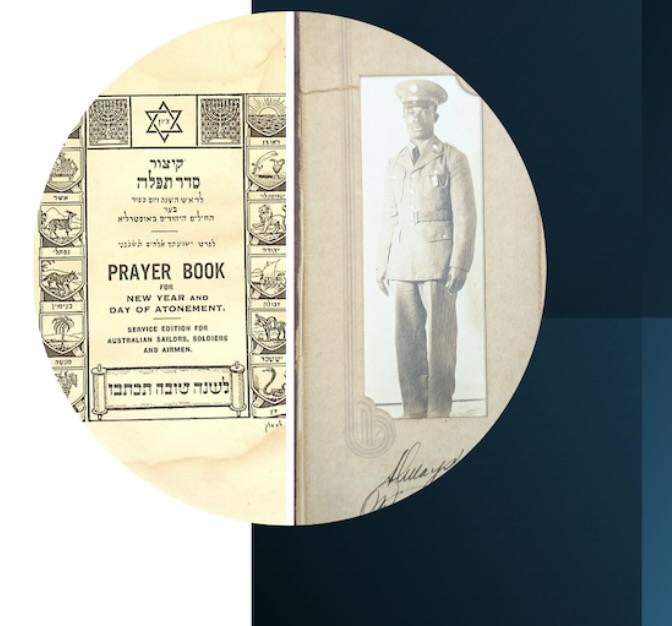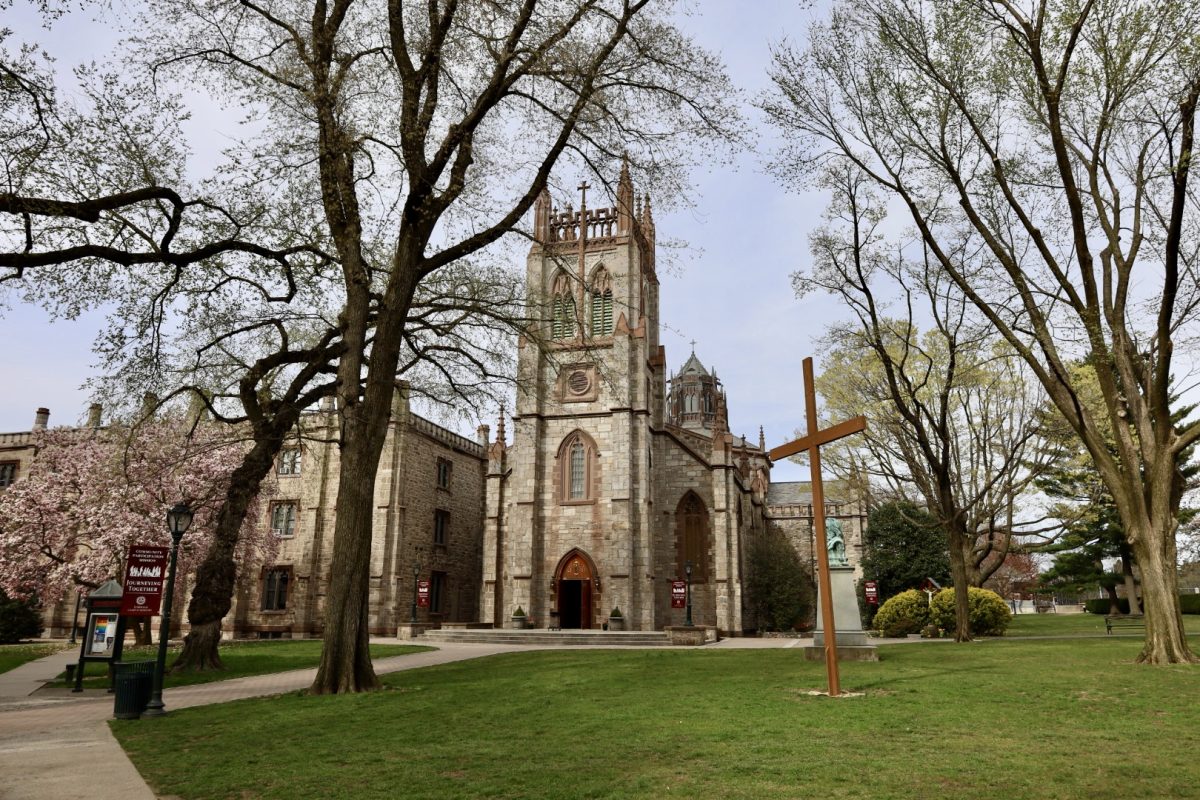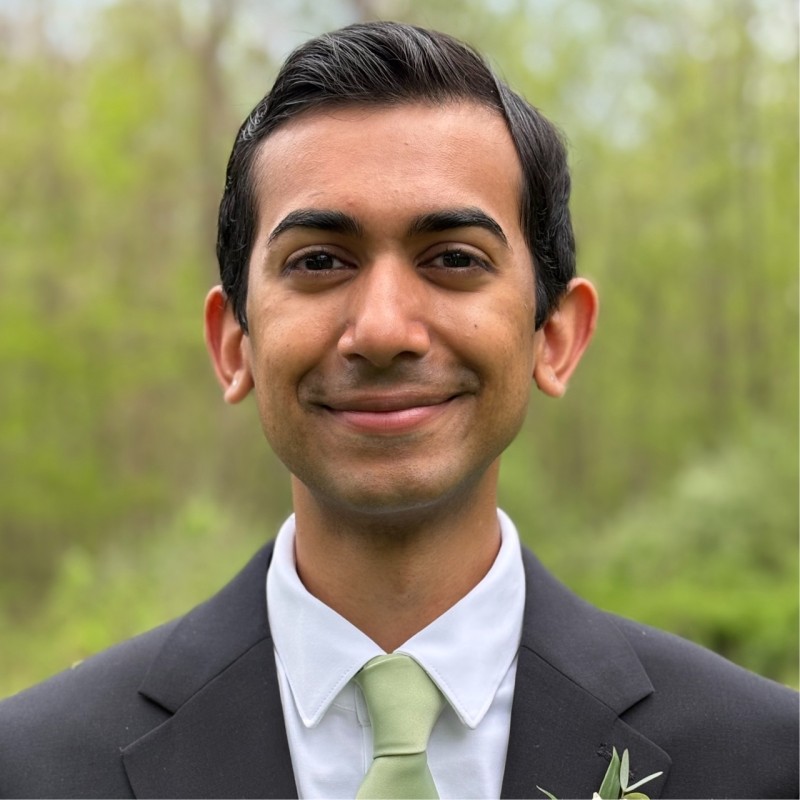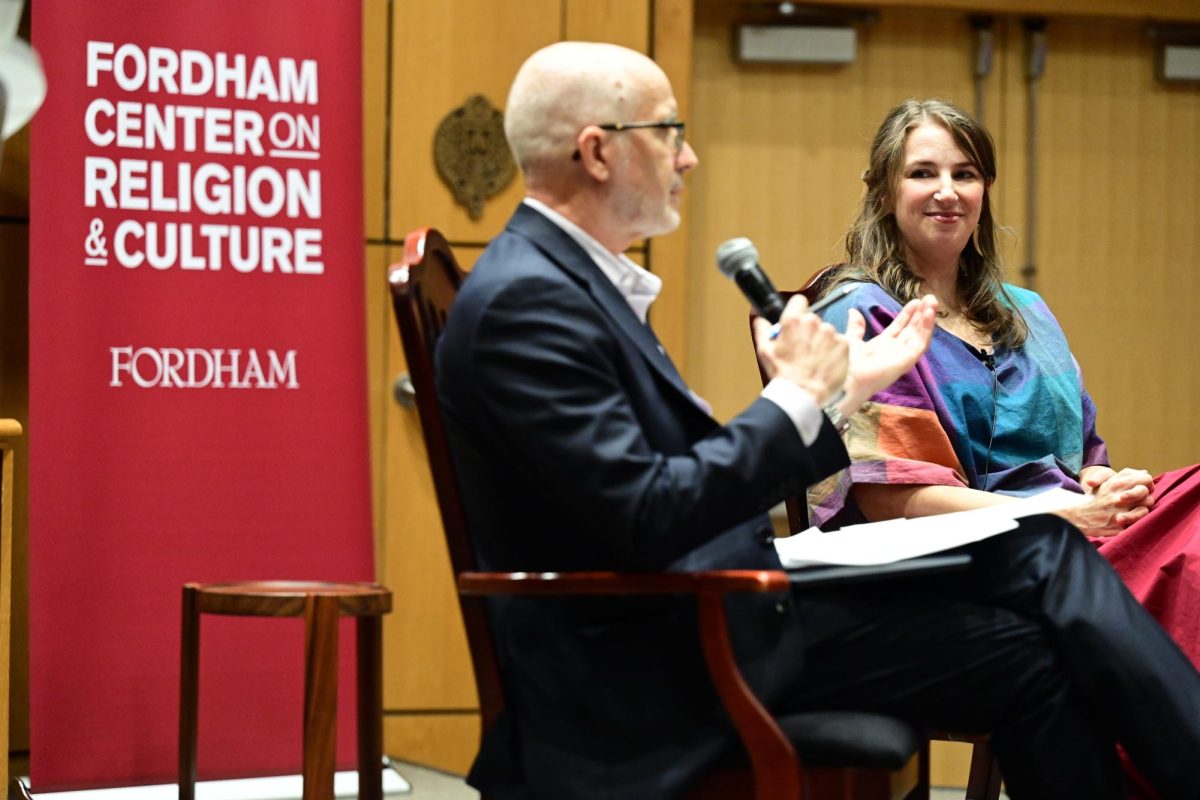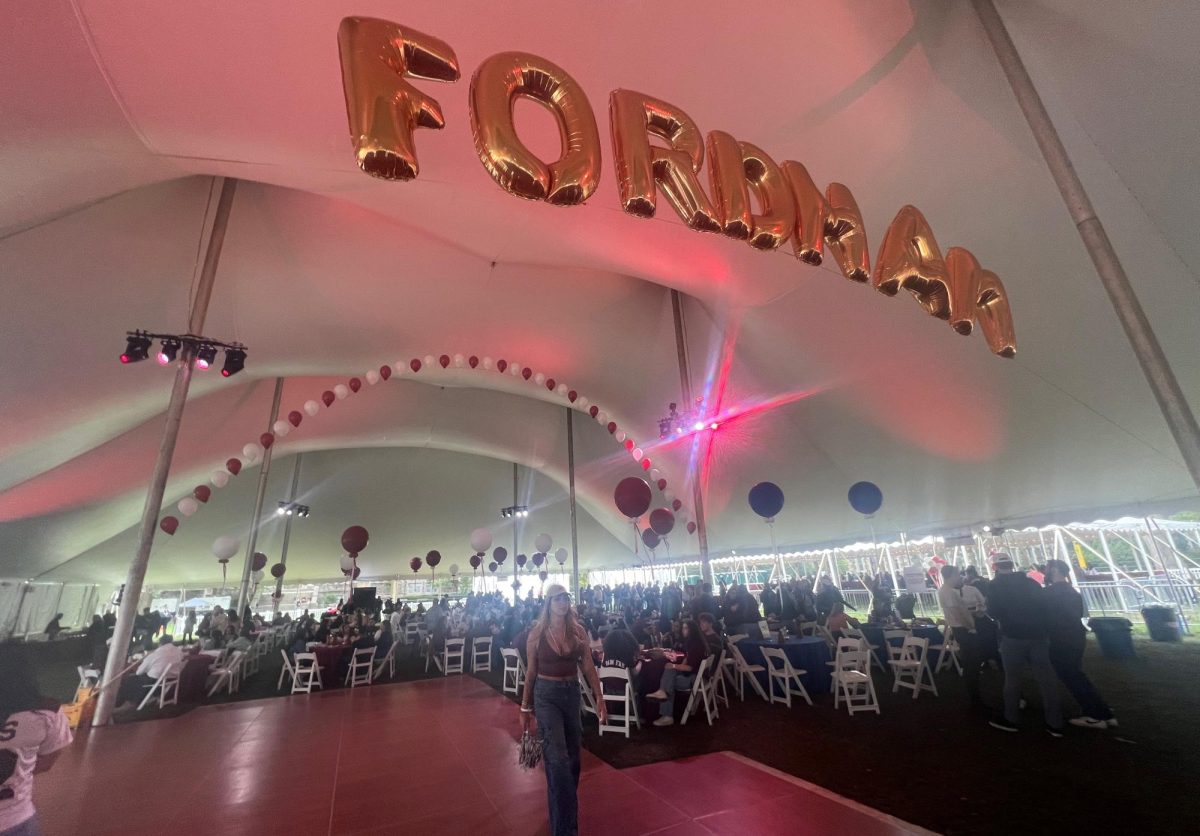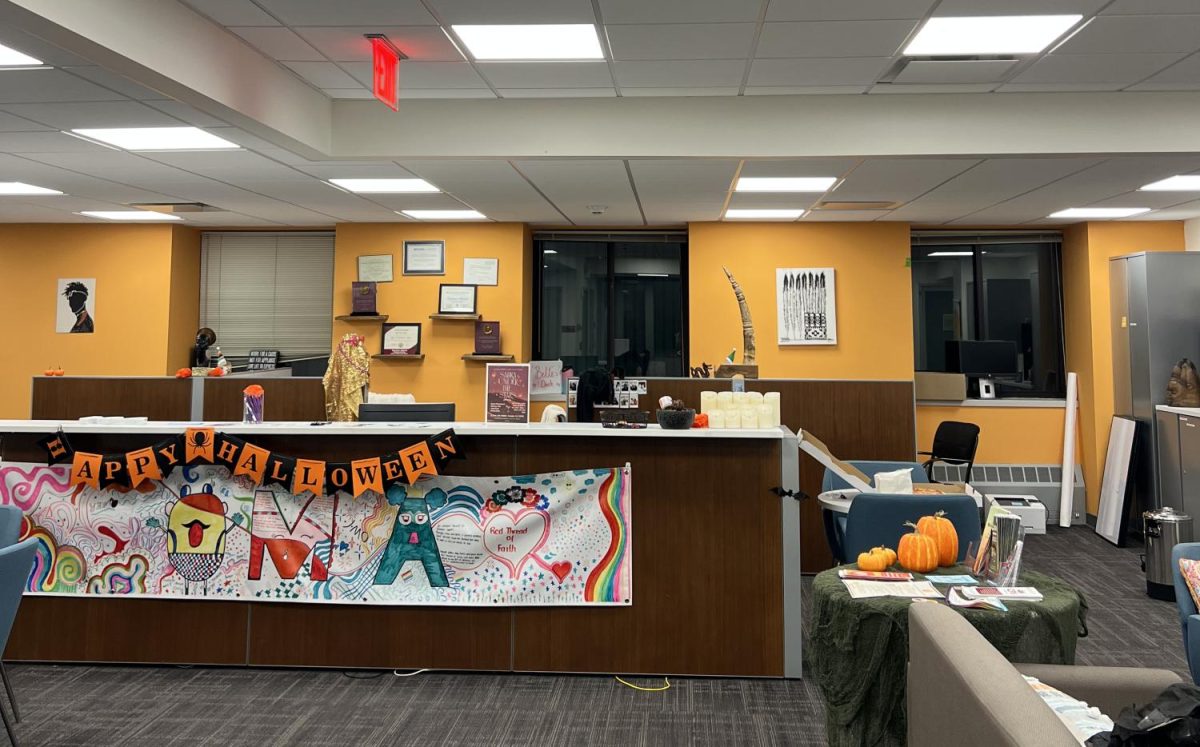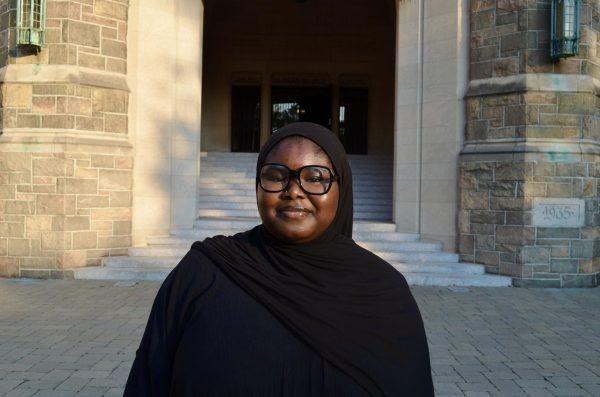Tucked away in the O’Hare Special Collections room on the fourth floor of the Walsh Library is the “Citizenship, Inclusion, and the Struggle to Belong” exhibit. Magda Teter, the Shvidler Chair in Judaic studies and professor of history at Fordham University, and Wes Alcenat, assistant professor of history and Africana studies at Scripps College and previously at Fordham, curated this exhibit with the help of Corine Gibson, FCRH ’24, an alumna who previously took the antisemitism and racism interdisciplinary capstone course offered at Fordham.
This exhibit is the culminating project of that class, and it specifically explores the Jewish and the Black American experience, looking to encourage conversations about how we define citizenship, inclusion and Americanness. “We contemplate the idea of citizenship and belonging not only from the perspective of inclusion but also from the perspective of legal and social exclusion,” reads the introduction to the exhibit. From there, students can examine the various historical documents and artifacts displayed in the exhibit.
Teter and Alcenat talked about the curation process and, specifically, about bringing the various pieces in the exhibit into conversation with each other.
The exhibit is the direct result of students’ work in Teter and Alcenat’s class, who discussed the differences and similarities between antisemitism and racism, along with concepts of citizenship and inclusion. “I thoroughly enjoyed my time working on [the exhibit] last year,” said Gibson. “As a master’s student at Tufts [University] in history, I have been able to use many of the skills I learned from Teter and Alcenat in my schoolwork, and I would encourage anyone interested in going into history to get involved in similar projects.”
Teter discussed how the objects they selected highlighted the existing parallels between the Jewish and Black American experiences. “We looked at these legacies of how they continued in parallel, not necessarily connected to each other, but kind of emerging from that initial exclusion and degradation in terms of their status compared to those in the majority powers,” Teter said. “This is a pretty depressing story, so we wanted to show that citizenship itself is not something you are granted, that it’s something that was fought for and always contested for these groups.”
The exhibit aims to explain the connection between the experiences of Jewish and Black Americans. “There is something that is beautiful but also an ugly part of this history in terms of this resilience factor that we try to show you,” said Alcenat. “Whether it’s Jewish Americans or Black Americans, they are constantly having to make a claim for a place of belonging… Conversation about citizenship is going to be an ongoing thing.”
According to Teter, this exhibit and our current political climate are opportunities to analyze how well we as a nation live up to our values. Teter said that Jewish and Black Americans are at the forefront of encouraging this analysis and the betterment of American society. “They are these two groups that sometimes work together but often in parallel to actually make America be the ideal that it claims rather than what the reality is,” she said.
Teter noted the importance of the exhibit in the United States’ current political climate. “I think that the exhibit may make them reflect on what makes this country,” she said. “What makes us Americans? It’s not just the sad story of the fight, but it’s also a story of claiming that ideal of what America is, even if America doesn’t always live up to its ideal. Be part of the story. Continue to write it.”
The “Citizenship, Inclusion, and the Struggle to Belong” exhibit will be open until Nov. 22 in the Walsh Library.





































































































































































































